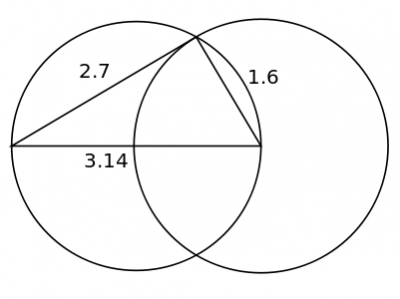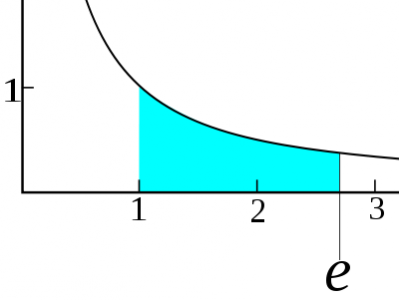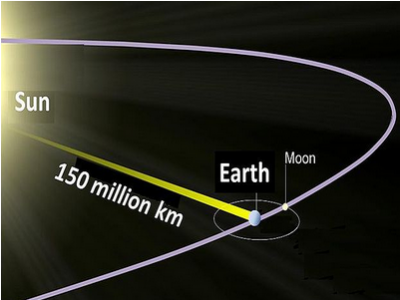The 10 Most Important Numbers In The World
Archimedes’ Constant (Pi): 3.1415…
Archimedes’ constant, or “Pi,” is the name given to the ratio of the circumference of a circle to the diameter, but it’s actually so much more than that.
Greek mathematician Archimedes is credited with the first theoretical calculation of Pi, which he estimated was between 3 10/71 and 3 1/7 — or 223/71.
Pi is now defined as 3.1415926535… etc
Application: Pi is the key constant in any equation that involves circular or harmonic motion. It’s one of the most essential relationships in mathematics.
Source: Math.com
Euler’s Number (e): 2.7182…
Euler’s number is also known as the exponential growth constant. It is the base for natural logarithms and is found in many areas of mathematics.
Application: In finance, Euler’s number is used to determine compound interest, which is extremely vital in understanding the time value of money — the backbone of finance.
Moreover, Euler’s number is crucial when describing any decaying relationship - think Carbon 14 dating.
Source: Math Is Fun
The Golden Ratio: 1.6180…
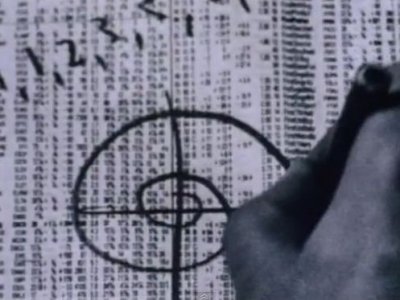
Pi
The golden ratio is a number often encountered when taking the ratios of distances in geometric figures.
Application: The golden ratio is often used in financial technical analysis to attempt to determine when a market will continue its path or reverse.
It’s also observed very frequently in nature, especially in the way that some naturally occurring spirals expand outward.
Source: Forexoma
Planck’s Constant: 6.626068 x 10^-34 m^2 kg/s
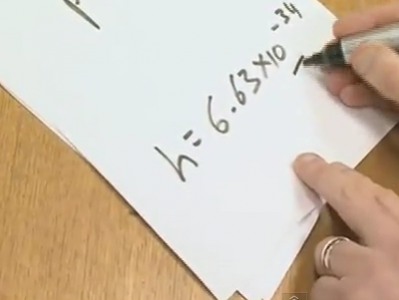
Planck’s Constant
YouTube
The constant is named after Max Planck, one of the fathers of quantum theory. Planck’s constant reflects the size and energy quanta in quantum mechanics. Werner Heisenberg used it to help determine the Uncertainty Principle.
Application: Some writers speculate that this Uncertainty Principle can be used to determine stability and sustainability of a financial instrument.
But if you want a real-world application, you’ll have to wait a few years though. The quantum-computer is still in theoretical phases, but if it becomes a reality - if engineers are able to design a computer that stores information not in electrical ones and zeros but in six quantum orientations of bits - it could have a bigger impact on the world than the semiconductor.
Source: Fin Extra
Avogadro’s Constant: 6.0221515 x 10^23
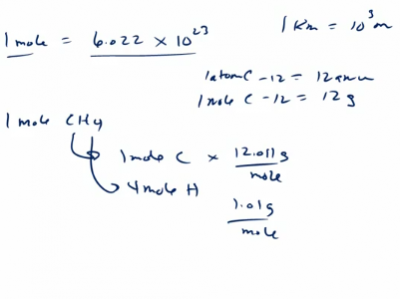
Avogadro’s Constant
YouTube
Avogadro’s constant is a number used to explain to atoms, molecules, ions and electrons. For elements, the relative atomic mass expressed in grams contains the Avogadro Constant of atoms.
Application: Avogadro’s constant is an interesting relationship between a multitude of different chemical properties. A chemical engineer might need to use the application of that knowledge - called stoichiometry - every single day of his life.
It’s in many way a real life “sweet spot,” when you have precisely the number of atoms in a pile such that that pile of atoms weighs, in grams, the atomic weight of the substance on the periodic table. That pile is called one “mole” of atoms. So, a mole of Carbon contains exactly 6.022 x 1023 atoms of carbon, and if you weigh it, it would weigh 12.011 grams, carbon’s atomic weight.
Source: Avogadro.co.uk
The Speed of Light: 186,282 miles per second
The speed of light is 186,282 miles per second, or 299,792,458 meters per second. A meter is defined from this constant.
Understanding the speed of light is both one of physics’ proudest accomplishments, and understanding what it really implies is one of its most dizzying questions.
Application: The speed of light is used in many different mathematical formulas and in analyzing space travel. It’s part of Einstein’s famous equation of relativity by which we understand the relationship of mass and energy. It’s the “c” in E=mc2.
Source: Virginia.edu
Gravitational Constant (G): 6.67300 x 10^-11 m^3 kg^-1 s^-2
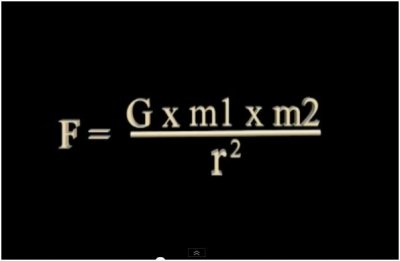
YouTube
The gravitational constant appears in Newton’s law of gravitation, and is known as the constant G. Additionally, G also appears in Albert Einstein’s theory of general relativity.
Application: G helps determine the force between two masses. Knowledge of G is crucial for any civil, mechanical, or aerospace engineer. Making sure that a bridge can work against both the weight of the cars pushing down on it as well as the impact of the gravitational constant’s pull down is one of the, understandably, more essential aspects of bridge construction.
Source: Wolfram
Boltzmann’s Constant: 1.380650 x 10^23 joule per kelvin
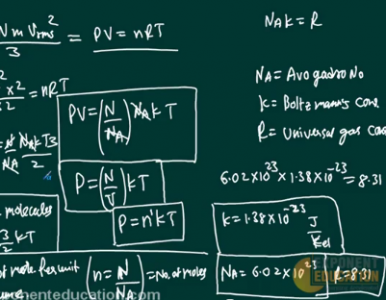
Boltzmann Constant
Wikimedia
The Boltzmann constant is a fundamental constant of physics that occurs in nearly every statistical formulation in classical and quantum physics.
Application: Boltzman constant explains why ice cubes melt in warm water, but are not spontaneously created in tepid water, among other uses.
Source: Britannica
Imaginary Unit: i
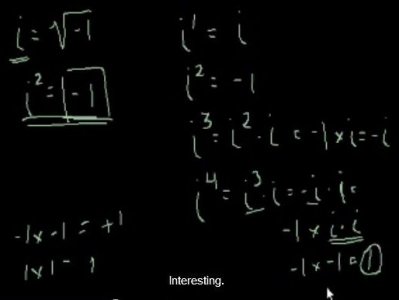
KhanAcademy
“i” equals the square root of -1, which means that i squared is equal to -1.
Application: Negative numbers don’t have square roots. Math had advanced to the point where saying “there is no square root of negative numbers” was holding back a lot of progress.
Solutions of some polynomials have both real solutions that we could use in real life as well as solutions that involved the square root of a negative number, which can be discarded.
Source: Wolfram
Euler’s Identity: e^(i*pi) = -1
Euler’s identity ties a lot of things together. For one thing, we know from trigonometry that eix = cosine(x) - i * sine(x) because of the infinite series that describe sine, cosine, and e.
When you plug in pi for x, sine(pi) = 0 and cosine(pi) = -1.
This formula is particularly elegant because it involves the most famous constants in math as well as 1, zero, and 1.
Application: What this conceptually describes is walking along the edge of a unit circle in the complex plane, half way around. Until the real value is -1.
Source: Stanford.edu
By Ben Duronio and Walter Hickey, from: http://www.businessinsider.com/most-important-numbers-2012-7?op=1#ixzz21U09cLJj
Do you think math could have prevented the financial collapse?

